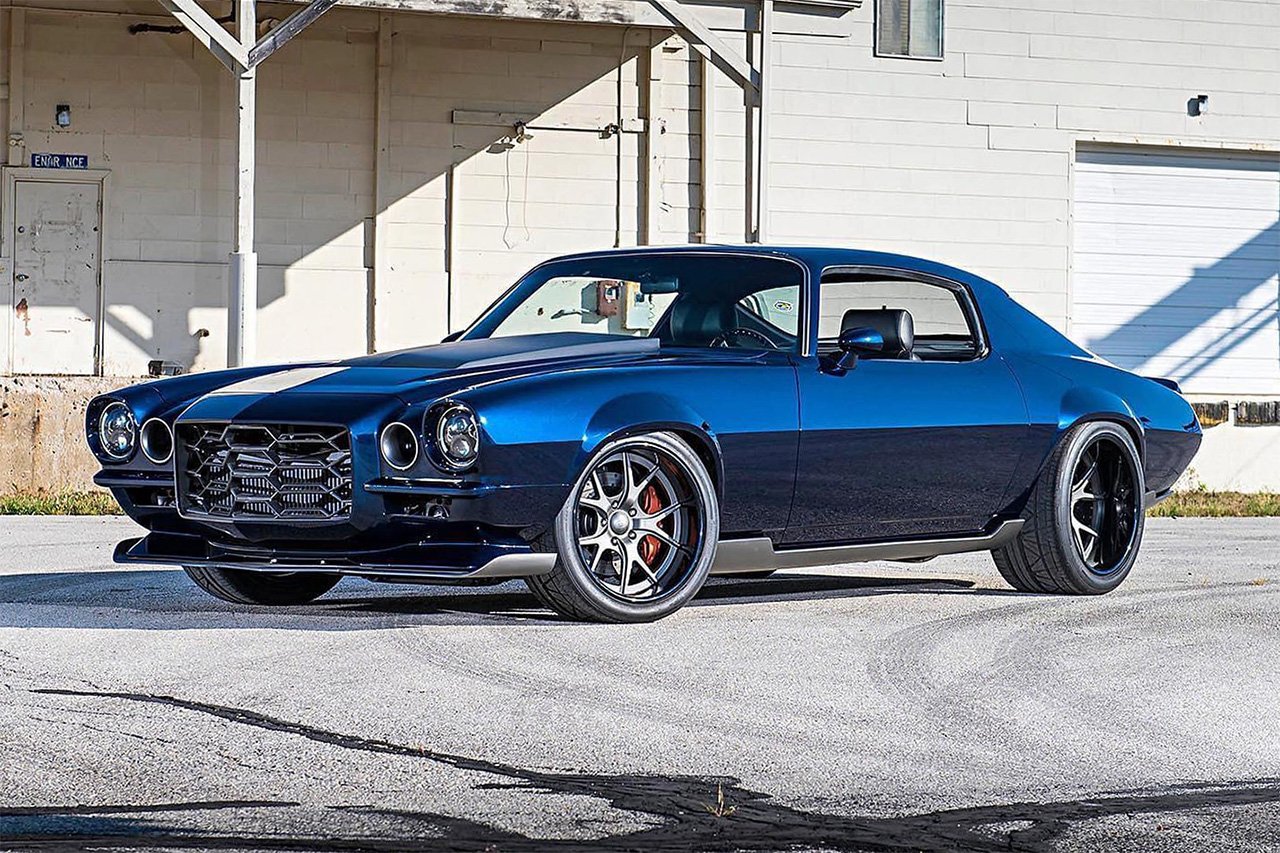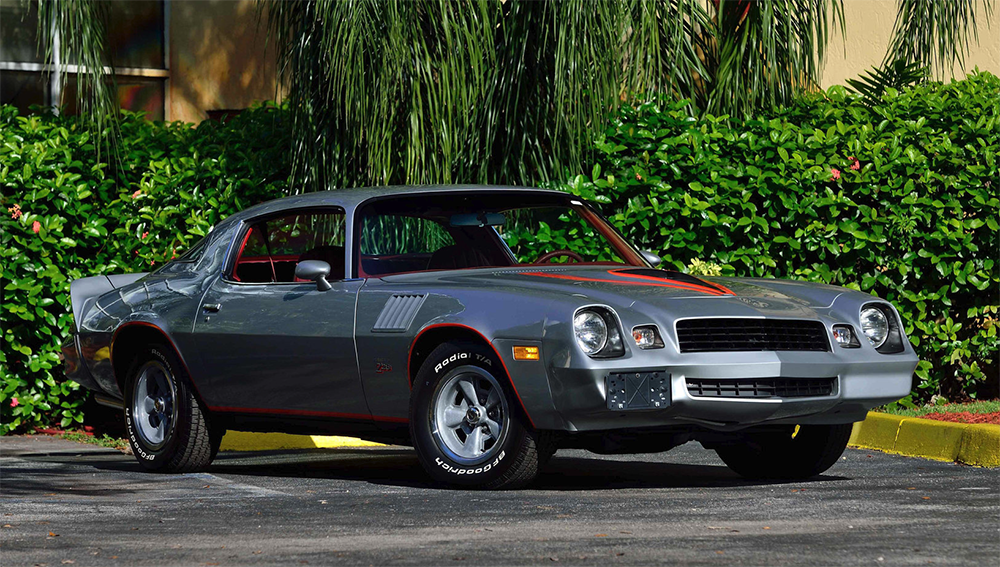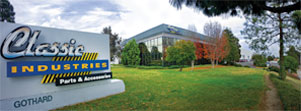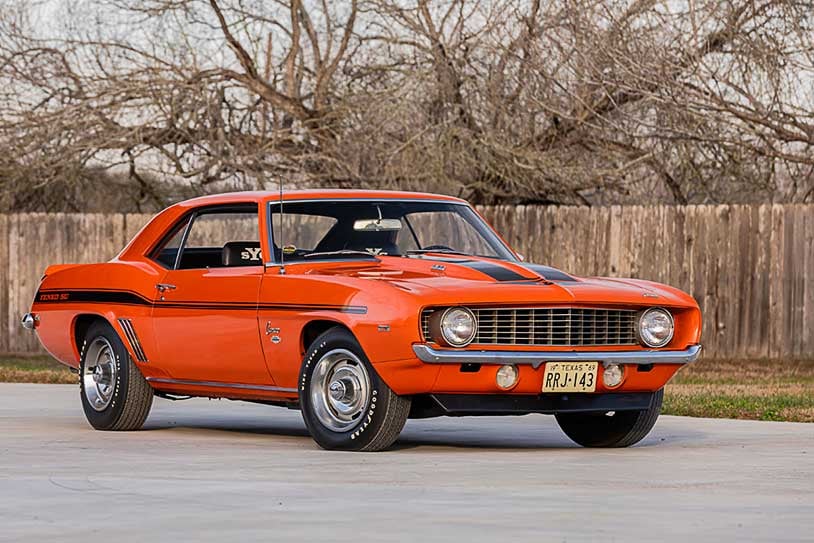 Few cars embody American muscle like the Chevrolet Camaro. Whether it’s the raw aggression of the first generation (1967–1969) or the sleek, sculpted power of the second generation (1970–1981), every Camaro tells a story of performance and passion.
Few cars embody American muscle like the Chevrolet Camaro. Whether it’s the raw aggression of the first generation (1967–1969) or the sleek, sculpted power of the second generation (1970–1981), every Camaro tells a story of performance and passion.
But every story faces a defining choice: Do you restore it or restomod it?
Both paths have their devotees. One is about historical accuracy; the other is about evolution. Either way, the journey starts with a dream — and usually, a pile of parts.
Jay Leno's Garage - Driving a 1969 Camaro Z28 Rally Sport
The Purist’s Path: Restoration
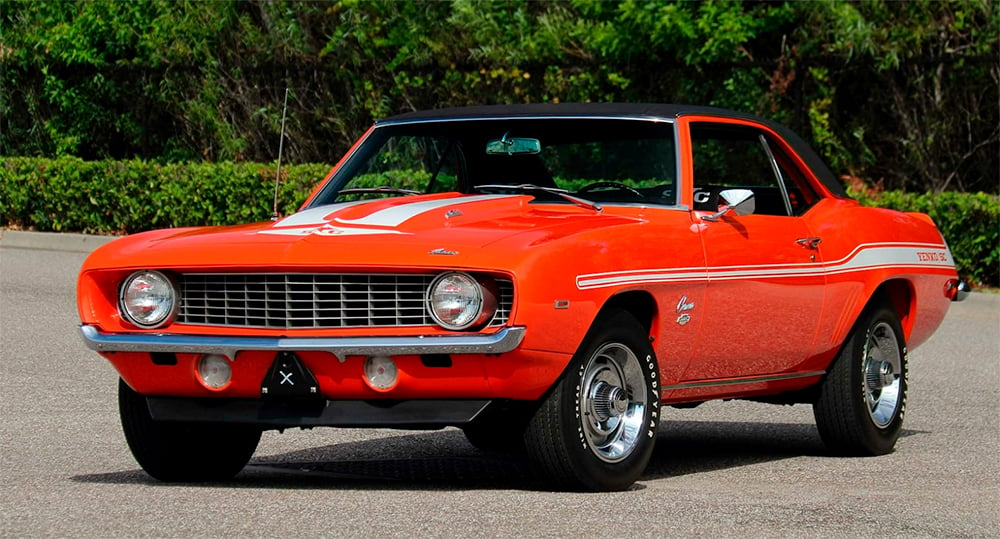
Above and below: The lead photo is of an unrestored, original 1969 Yenko Camaro! The Yenko Camaro just above and the details and photos below depict a fully-restored 1969 Yenko Camaro Prototype that has the following attributes (photos courtesy of Mecum Auctions):
- Yenko Camaro Prototype purportedly loaned to Don Yenko to design his unique trim package
- Built the 4th week of November, 1968
- The car did not ever have an MSO and was never sold to a dealer per the GM Heritage Center, correspondence included
- Extensive restoration by Classic Automotive Restoration Specialists, Inc. in 2009
- Letters and research findings from Jim Barber of Classic Automotive Restoration Specialists, Inc. included
- Displayed at SEMA after completion
- CE 427/425 HP V-8 engine, casting no. 3963512
- Block date code J 7 8 (October 7, 1968)
- Holley 850 CFM carburetor
- M22 Rock Crusher 4-speed manual transmission
- BE 4.10 Positraction rear axle
- Power brakes with front discs
- Frame and suspension components we blasted and finished in semi-gloss Black
- Aluminum pieces were stripped, polished and re-anodized
- Chrome pieces were re-plated
- Correct fasteners and markings
- Finished in correct Hugger Orange with Black vinyl top and Yenko graphics
- Front and rear spoilers
- Stewart Warner auxiliary gauges and column-mounted tachometer
- Restoration was featured in the February 2010 issue of Hot Rod Magazine
- Cover car and feature article in the December 2010 issue of Chevy Enthusiast Magazine
- Featured in the February and May 2011 issues of Super Chevy Magazine
- Deck lid signed by Lynn Yenko, Don Yenko's daughter
- List of critical part and component numbers
- Images of Lynn Yenko with the car
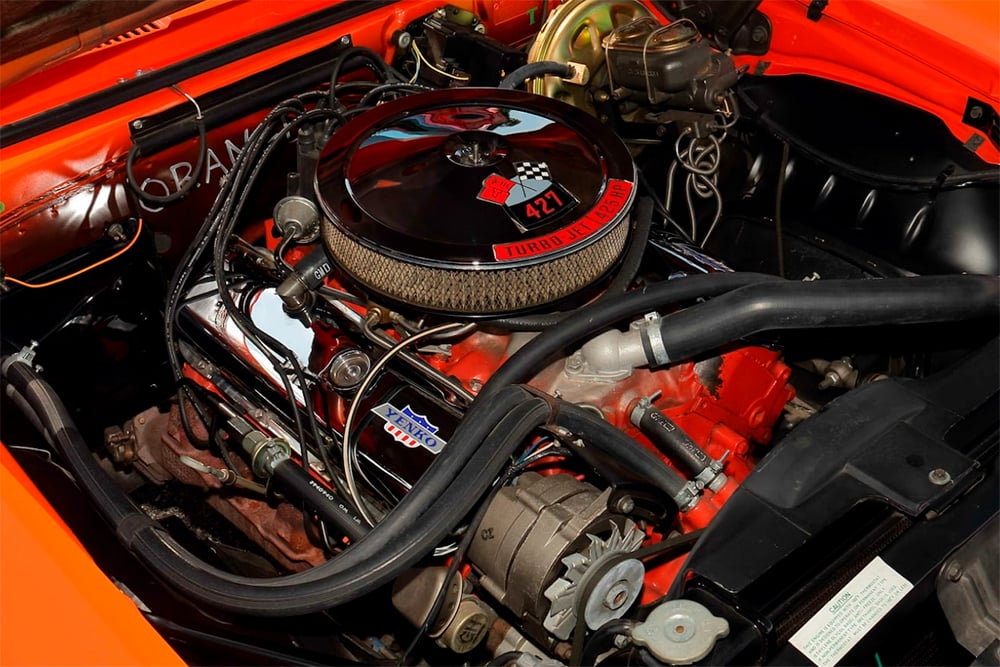
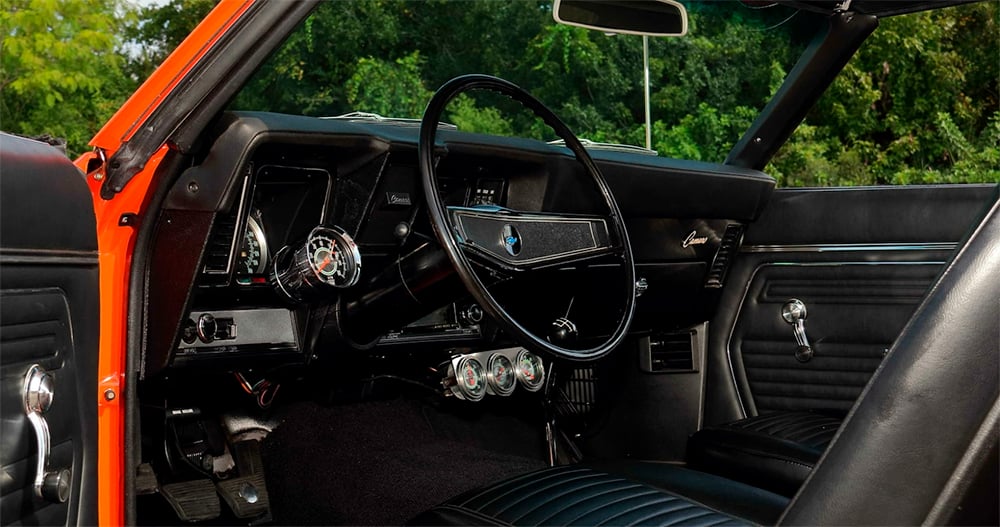
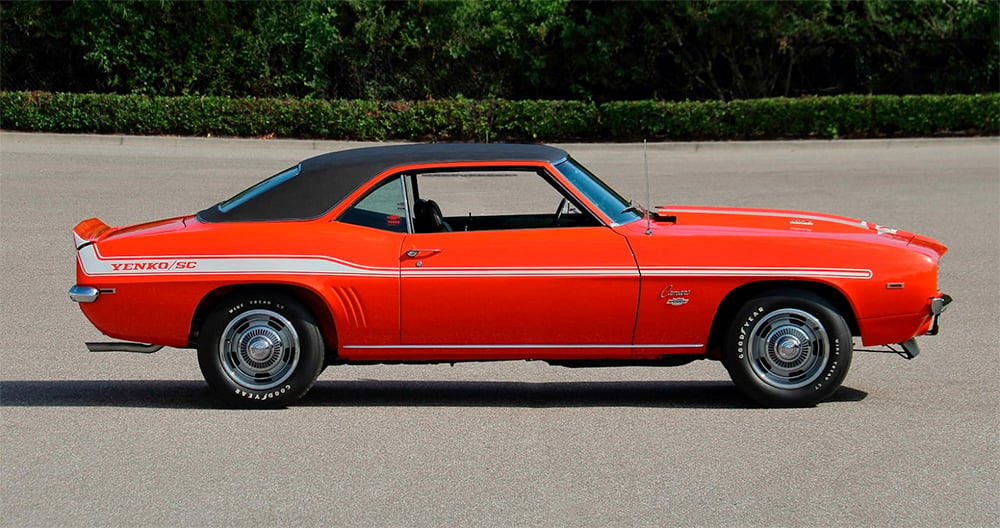
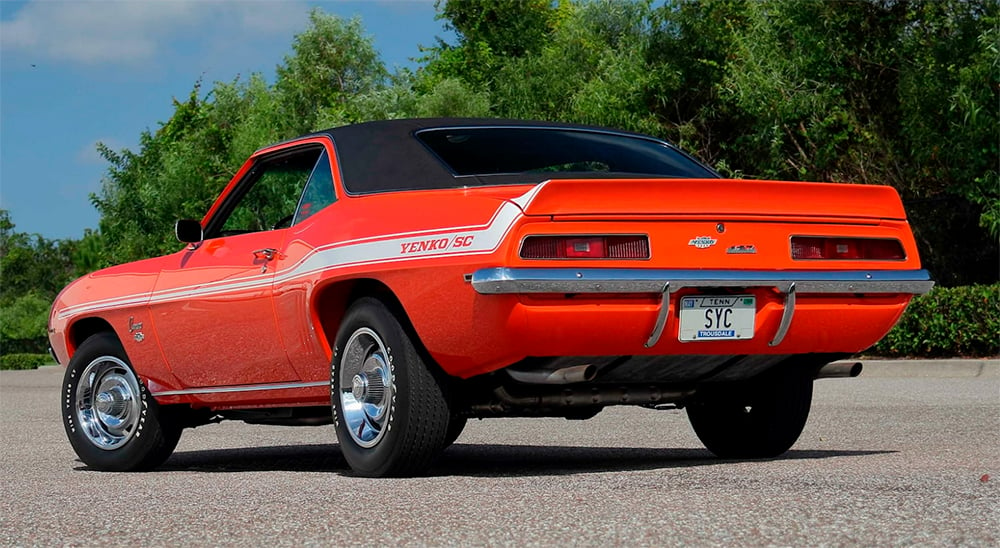
“Restoration is about preserving history — a tribute to the way Chevrolet built it the first time.”
For the purist, a Camaro restoration means returning every nut and bolt to factory-original condition. It’s not about upgrades — it’s about time travel. Restorers chase date-coded components, correct finishes, and proper fasteners like archeologists piecing together automotive DNA.

Classic Industries has made that pursuit possible for decades, offering OEM-quality reproduction parts — from trim and emblems to interior kits and weatherstripping — that make it possible to build a car that could have rolled off the line in Norwood or Van Nuys.
Factory-Correct Authenticity
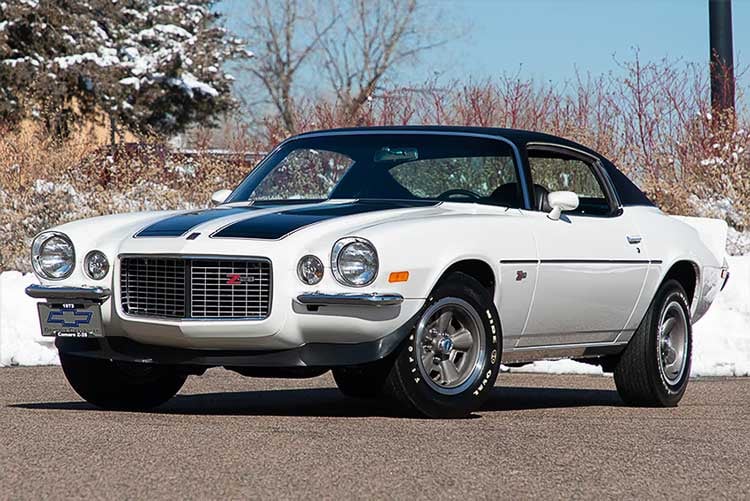
Above: 1973 Camaro Z/28
True restorations follow GM paint codes — Hugger Orange, LeMans Blue, Cortez Silver — and stick with numbers-matching drivetrains. Interiors are reupholstered in original grain vinyl, dashboards are renewed, and even the hardware finishes are spot-on.
When done right, the result is breathtaking: a Camaro that looks, sounds, and feels exactly as it did in its glory days.
Above and below: 1978 Camaro Z/28 (photo courtesy of Mecum Auctions)
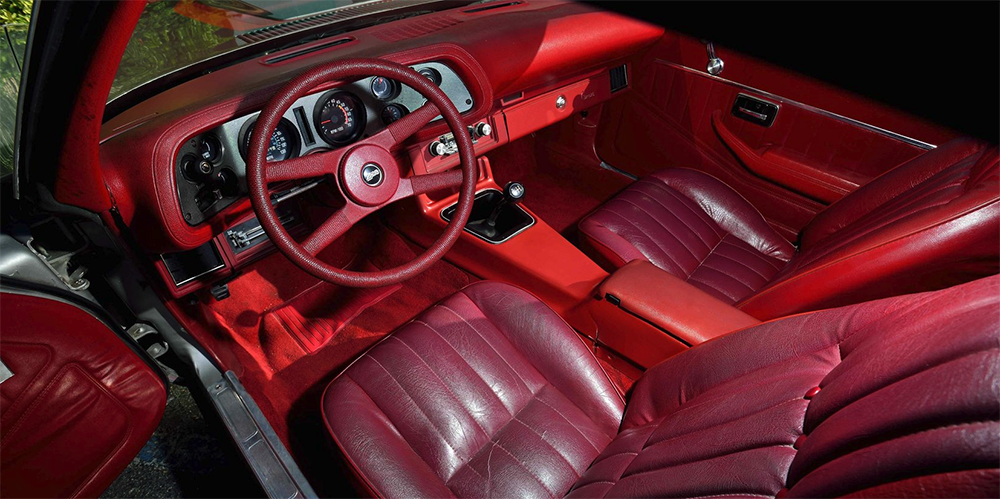
Why Restore?
- Historical accuracy – every piece tells a story.
- Investment potential – originality drives collector value.
- Authentic experience – relive the sights, smells, and sounds of late-’60s muscle.
Tradeoffs
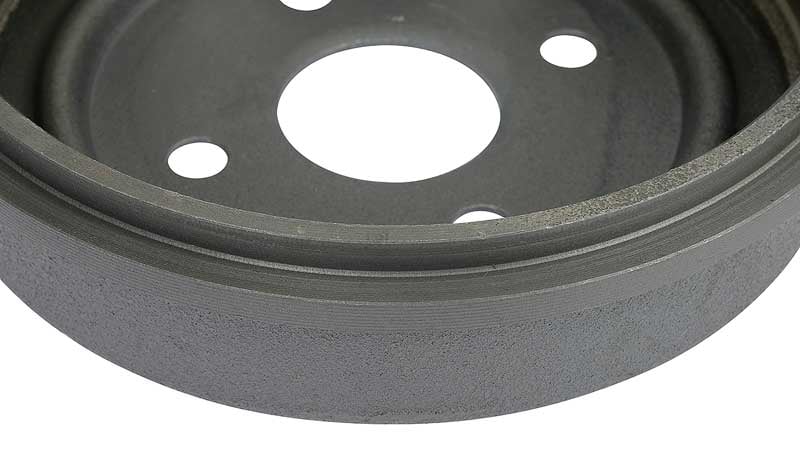
Authenticity has a price. Drum brakes, manual steering, and carbureted small blocks feel primitive today. Restored cars are often showpieces, not daily drivers. But for many enthusiasts, that’s exactly the point.
The Modern Way: Restomodding

Above: 1967 Camaro SS restomod
“Restomodding isn’t rebellion — it’s evolution.”
The restomod philosophy is simple: classic looks, modern performance. Builders respect the Camaro’s heritage but aren’t afraid to give it a 21st-century heartbeat.
Jay Leno's Garage - Chris Jacobs' All-Carbon 1969 Camaro
Performance Meets Nostalgia
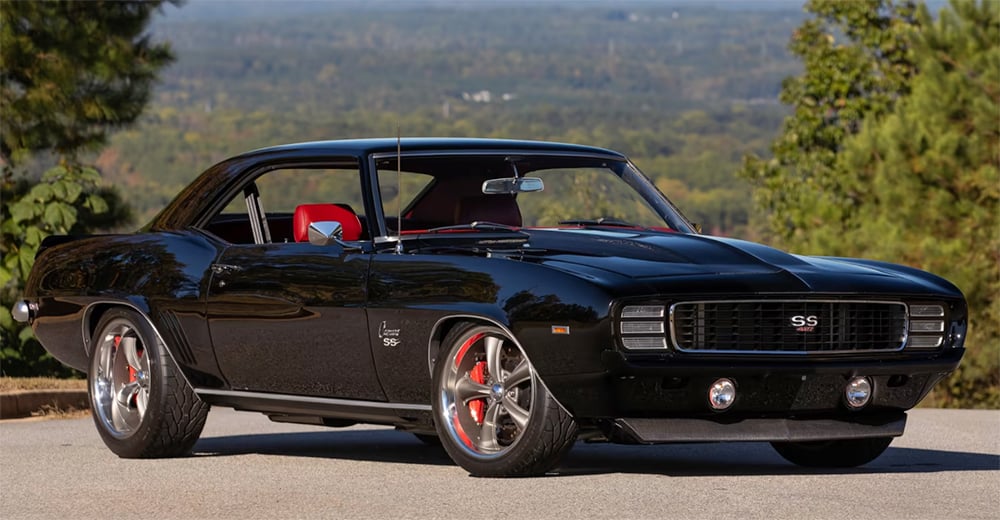
Above and below: 1969 Camaro restomod (photos courtesy of Mecum Auctions):
- Built by Kent Waters Originals Gainesville, Georgia
- Frame-off nut and bolt restoration
- LS7 427/630 HP Mast Motorsports Black label engine
- 550 ft/lbs of torque
- Tremec TKO 5-speed transmission with Shift Machine custom billet shifter
- Custom hand made interior in original 1969 Camaro Black and Red
- Vintage Air Gen IV
- Detroit Speed subframe
- Procar by Scat Rally Bucket seats
- Autometer Classic Series Gauges
- Corvette spindles and geometry
- Autorad engineered core support and cooling package
- Tubular suspension
- Moser 9 inch rear end with composite leaf springs
- Adjustable aluminum alloy shocks
- Custom fabricated stainless steel exhaust system
- Wilwood 6-piston calipers
- 13 inch brakes
- Detroit Speed retractable headlamp motors with HID lamps
- Anvil carbon fiber hood, deck and spoiler
- Boss Motorsports Wheels
- PPG base/clear paint
- No expense spared
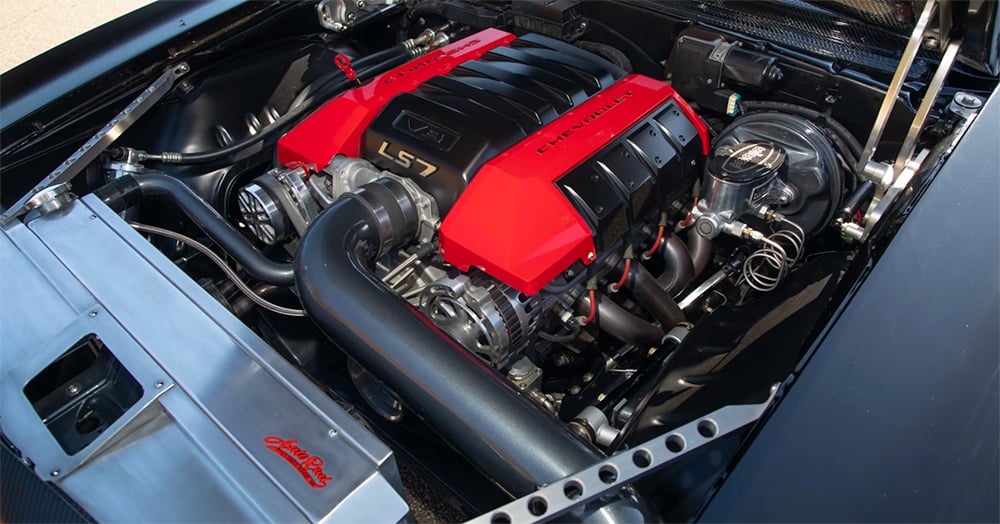
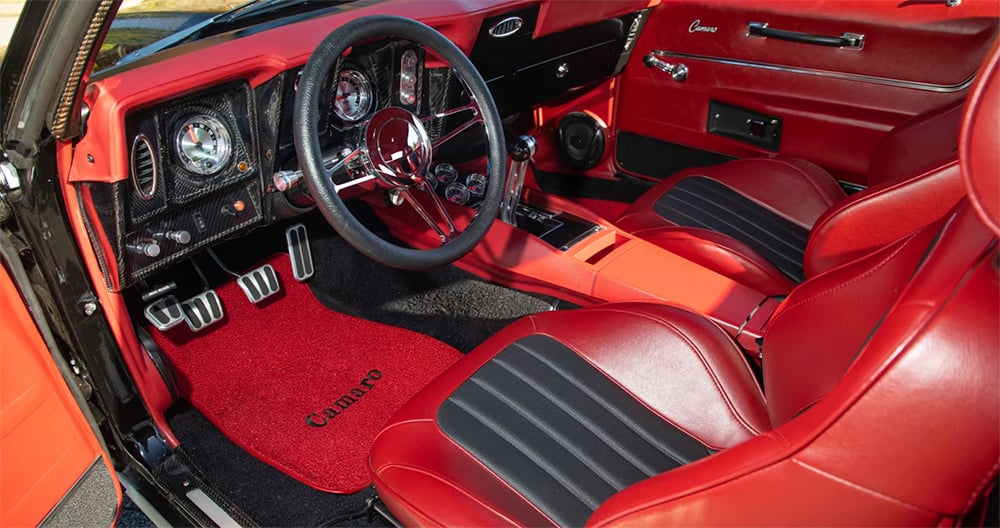
Under the hood, you might find a Chevrolet Performance LS3, LT1, or even LT4 crate engine with fuel injection and modern reliability. Suspension upgrades — coilovers, tubular control arms, and subframe connectors — transform the Camaro from a straight-line bruiser into a corner-carving machine.
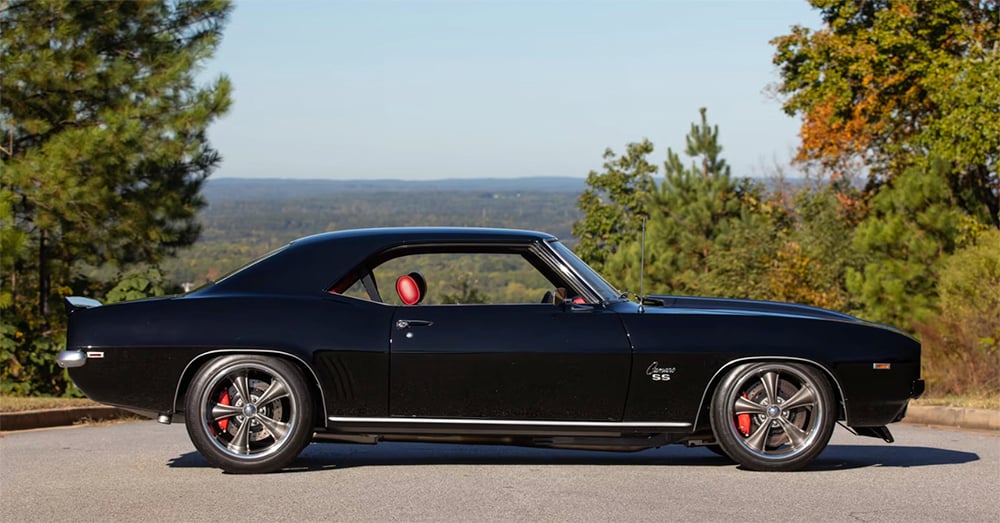
Disc brakes from Wilwood or Baer, 18-inch wheels wrapped in modern rubber, and electronic power steering bring confidence that the factory engineers of 1969 could only dream about. Inside, digital gauges, cold-blowing A/C, and Bluetooth audio make every drive a joy.
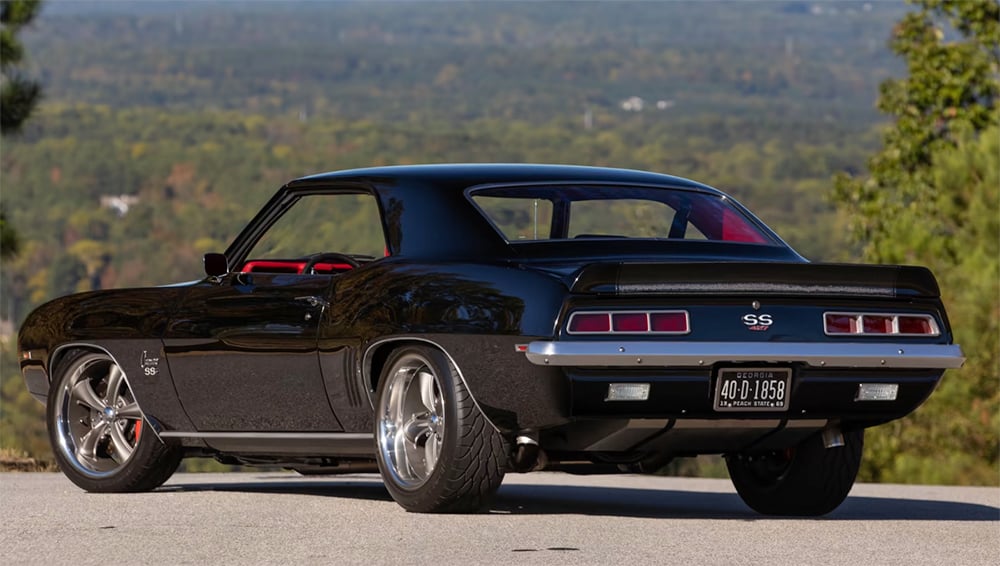
Why Restomod?
- Modern drivability – starts on the first crank, runs all day in traffic.
- Performance – corners harder, brakes faster, and accelerates like a rocket.
- Customization – every restomod reflects its builder’s vision.
Tradeoffs
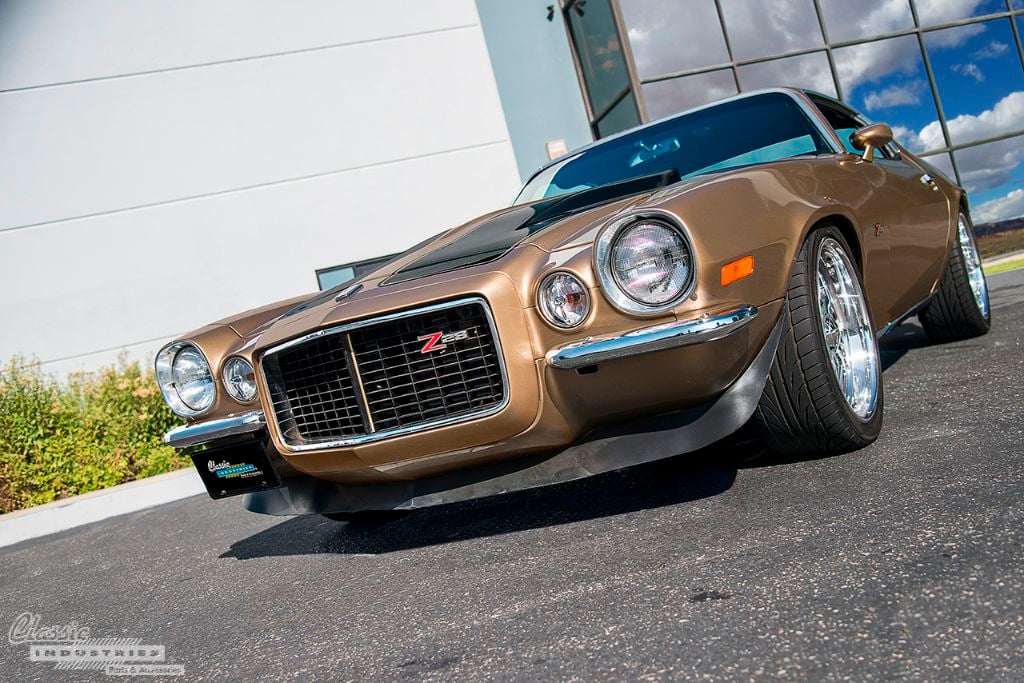
Cutting into a clean shell or modifying a rare Z/28 can upset the purists — and originality, once gone, can’t be replaced. But for those who crave performance and usability, the restomod route offers freedom and function.
Choosing Your Direction
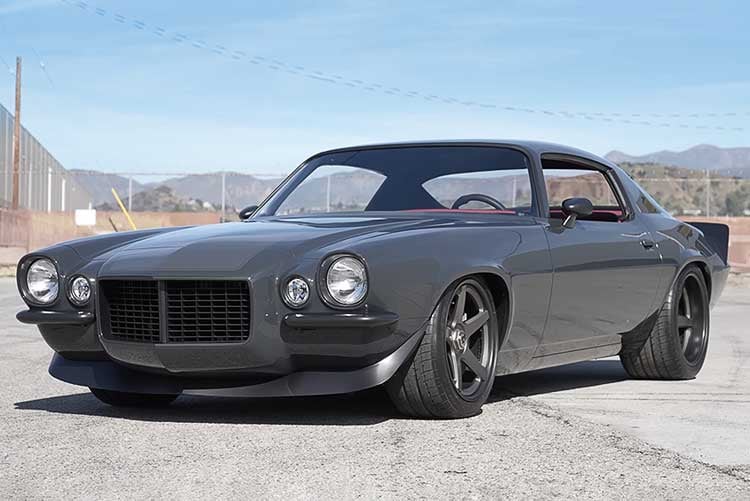
Above: The Art of Restraint: LS7-Powered 1970 Z28
Both approaches honor the Camaro’s heritage — they just speak different dialects of the same language.
- Choose Restoration if you love originality, correctness, and the timeless look of stock perfection.
- Choose Restomod if you want a car that looks vintage but drives like it was built yesterday.
Either way, you’re contributing to a legacy that began in 1967 and shows no sign of slowing down.
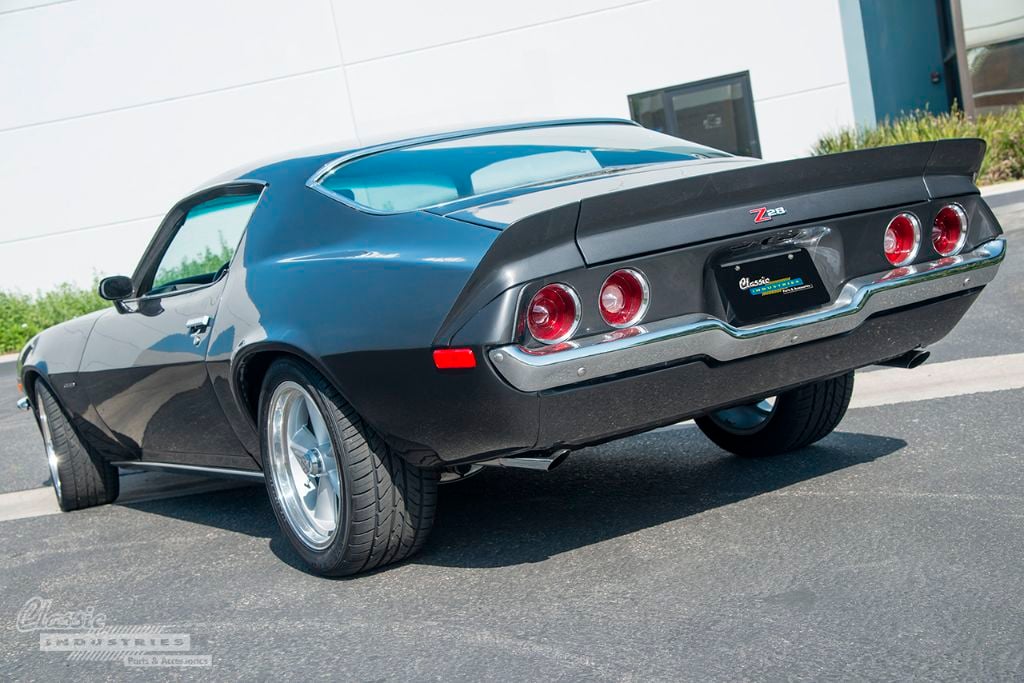
Classic Heritage, Modern Support
At Classic Industries, we believe both paths deserve perfection. Whether your goal is a concours-level restoration or a track-ready pro-touring restomod, our catalogs (both digital and printed) cover every base — from OEM-correct parts to modern performance upgrades.
No matter your vision, Classic Industries helps you bring your Chevrolet Camaro to life.
